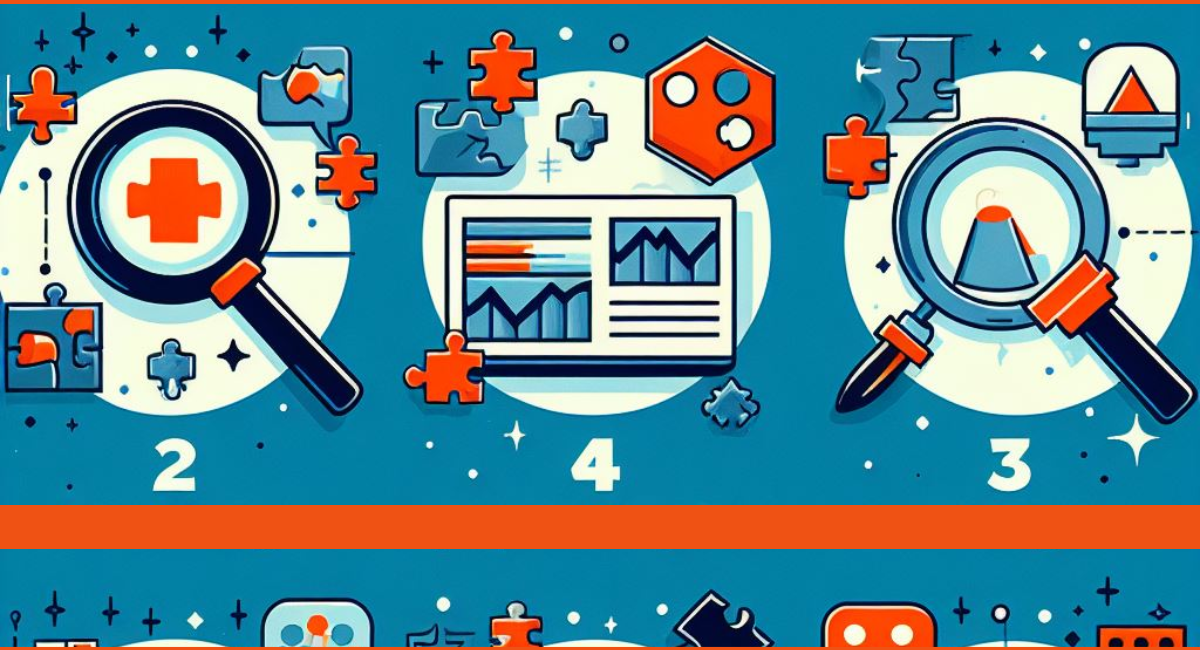
Information being the backbone of every organization is highly relied on to make decisions, to maintain a competitive edge, improve public safety, administer healthcare and maintain a great economic growth.
With the rapid advancements is technological developments, we are now able to access more and more of data in less time, and perhaps more quickly than ever before . When data can be accessed quicker than ever, without involving more of your time and energies, organization tend to amass more and more of their confidential data on their systems or internet.
Understandably, organizations go to great lengths to protect valuable data that’s on paper and disks. They’re kind of assets kept in locked doors and vaults.
Yet, organizations often fail to adequately protect digital information on their IT networks and hard drives-Information that is increasingly vulnerable to accidental loss and theft because of its confidentiality and organization dependency.
Much of the data so critical to organization is highly sought by cyber criminals. This includes social security numbers, credit card numbers, confidential health records and bank account records, competitive intelligence and proprietary company information.
We are all aware of the potential harm data breaches can inflict on businesses, agencies, health care organizations and schools as well as the individual involved.
Whenever a breach occurs, executives face a public relations crisis that affects their organization’s reputation and ultimately impact their bottom line. In regulative market such as finance, government and health care, the consequences of non-compliance are COSTLY, as our legal liabilities that result from leaked personal data.
It could be as simple as a misguided email, as fast as a mouse-click. Once corporate data is exposed, its too late. Without proactive smart email security, organizations might as well hand over the keys to the vaults. It’s all about prevention.
So, why is data loss prevention challenging for many organizations.
Once, because too often businessmen think that traditional security is too adequate for their data. However new threats require new proactive solutions.
Two, most email security solutions simply block content based on file-type keywords or URLs. This is partially effective because the content within the email never gets scanned. And It often lead to false positives and false negatives. Either impeding an employee part activity by blocking legitimate communications, or worse, failing to protect data loss entirely.
Third, because many email DLP solutions are cost-prohibitive, organizations are forced to settle for less effective and reactive DLP protections.
Now, to solve these challenges businesses need to dig deeper. Stay with us to find more about it. Keep reading our articles and stay informed.
Challenges Faced In Securing Data In An Organization

1. Insufficient Security Policies: Organizations often lack proper security policies and procedures that are necessary to protect their data. Without proper policies and procedures in place, there is a greater risk of data breaches, malicious attacks, and data manipulation.
2. Poor Data Governance: Organizations need to have a well-defined data governance strategy in place to ensure that data is properly managed, secured and monitored. Poor data governance can lead to data leakage, data manipulation and data theft.
Common Big Data Challenges

1. Data Storage and Management: Big data requires large amounts of storage and computing power. Organizations must have the right infrastructure and resources in place to effectively store and manage large volumes of data.
2. Data Security: Big data must be secured from malicious attacks and unauthorized access. Organizations must have the right security measures in place to protect their data from any malicious activities.
3. Data Analysis: Big data must be analyzed and interpreted in order to gain meaningful insights. Organizations must have the right
tools and technologies in place to effectively analyze and interpret large volumes of data.
4. Data Visualization: Data must be visualized in order to gain meaningful insights. Organizations must have the right tools and technologies in place to effectively visualize data.
5. Data Governance: Organizations must have the right policies and procedures in place to ensure that data is used in an ethical and compliant manner. This includes having the right tools and systems in place to monitor and enforce data governance policies.
Reasons Or Challenges That Can Cause Data Analytics To Fail
1. Lack of Data Quality: Poor quality data can lead to inaccurate or misleading insights. It is important to ensure that data is accurate, complete, and up-to-date before using it for analytics.
2. Lack of Understanding: Data analytics requires a deep understanding of the data and the business context in which it is being used. Without this understanding, data analytics can fail to deliver meaningful insights.
3. Poor Data Visualization: Poor data visualization can lead to misinterpretation of
data. It is important to use clear and effective visualizations to make data easier to understand and interpret.
4. Insufficient Data: Insufficient data can lead to inaccurate insights and conclusions. It is important to have enough data to draw meaningful conclusions.
5. Poor Modeling: Poorly designed models can lead to inaccurate or misleading results. It is important to use the right models and techniques to ensure accuracy and reliability.
Challenges Faced During Data Analysis

1. Identifying the right data sources: It is often difficult to identify the right data sources and determine which data is most relevant to the analysis.
2. Cleaning and preprocessing data: Data often contains errors, missing values, and other inconsistencies that need to be addressed before analysis can begin.
3. Understanding the data: Understanding the data and its context is essential for meaningful analysis.
4. Interpreting results: Results from data analysis can often be difficult to interpret and can require additional analysis or visualizations to make sense of the data.
5. Communicating results: Communicating the results of the analysis to stakeholders is an important step in the process.
Typical Challenges Faced By Organizations While Managing Their Data Effectively
1. Data quality: Poor data quality can lead to inaccurate or incomplete analysis results.
2. Data storage: Storing large amounts of data can be challenging and costly.
3. Data security: Organizations must ensure that their data is secure and protected from unauthorized access.
4. Data integration: Integrating data from multiple sources can be difficult and time-consuming.
5. Data visualization: Visualizing data can help stakeholders understand complex analysis results.
Five Challenges Of Information Management In The Organization
1. Data quality: Ensuring data quality and accuracy is essential in obtaining reliable and meaningful results.
2. Data governance: Establishing policies and procedures to ensure data is handled securely and ethically.
3. Data architecture: Designing systems and processes that enable data to be collected, analyzed, and shared.
4. Data access and sharing: Ensuring data is available to the right people at the right time.
5. Data privacy and compliance: Complying with applicable laws and regulations regarding data privacy and security.
5 C’S Of Data
1. Collection: Gathering data from a variety of sources.
2. Curation: Organizing data into meaningful categories.
3. Cleaning: Ensuring data is accurate and free from errors.
4. Consolidation: Combining data from multiple sources into one unified view.
5. Communication: Sharing data with stakeholders in a secure and meaningful way.
Most Important Challenges In Data Analytics
The most important challenge in data analytics is data quality. Data quality is the ability to trust the data you are using. It involves ensuring that the data is accurate, complete, consistent, and timely. Data quality also involves managing data privacy and security, as well as complying with applicable laws and regulations.
Factors Affecting Big Data
1. Volume: The amount of data collected needs to be managed in order to make it useful.
2. Variety: Different types of data need to be collected, stored, and analyzed.
3. Velocity: The speed at which data is collected, processed, and analyzed must be fast enough to keep up with the changing environment.
4. Veracity: The accuracy of the data needs to be validated and verified to ensure it is useful.
5. Value: The data must be meaningful and provide insights that can be used to improve decision making. (www.stellardental.my)
6. Security: Data must be secured to protect its integrity and confidentiality.
7. Privacy: Privacy laws must be followed to ensure the data is collected and used responsibly.
Causes Data Loss In An Organization
Data loss can be caused by a variety of factors, such as hardware or software failure, natural disasters, cyber-attacks, human error, and even malicious intent. Other causes of data loss include power outages, improper storage or backup practices, and accidental deletion.
What Are The Challenges Around Data Within Organizations Today?
The challenges around data within organizations today include data security, data privacy, data governance, data quality, data integration, and data analysis.
Strategies For Preventing Data Loss
The strategies for preventing data loss include backing up data regularly, using encryption, implementing access controls, monitoring and auditing data usage, and regularly testing the systems and processes that handle data. Additionally, organizations should ensure that they have a data backup plan in place and that they have disaster recovery protocols in place in case of unexpected data loss.
Check out our security products to find the best solution for your Data Security.
